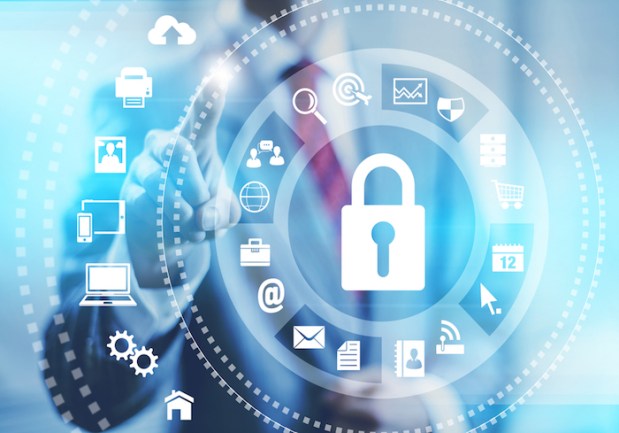Early Warning Streamlines Authentication

Early Warning, a fraud prevention and risk management company, announced the launch of its new authentication platform, Authentify, which unifies multiple authentication methods into a single suite solution.
The launch of Authentify — which rolls seven authentication layers, including biometrics, NFC, device binding and two-factor out-of-band via voice and SMS, into one platform — comes after the Scottsdale, Arizona-based company acquired the then-privately held Authentify in April.
Authentify boosts Early Warning’s position in offering better fraud blocking options, especially for mobile banking, and also provides a more secure authentication process for consumers “at account creation and login, account activation and transaction verification, provisioning cards for mobile wallets or apps, peer-to-peer payments, eCommerce and mCommerce,” among other things, the company said in a statement.
“Organizations face a variety of transaction types and must look at each one of them to understand its unique risk and then apply authentication measures to minimize risk and optimize the customer experience,” said Peter Tapling, vice president of authentication solutions at Early Warning.
“The Authentify platform addresses the multi-dimensional challenge of payments’ risk. It brings together multiple modes of authentication — all sitting on top of a bank consortium model that is powered by shared intelligence — to simplify risk-managed authentication while strengthening accuracy and speed to optimize the consumer experience,” he added.
In August this year, the company also launched a counterfeit notification enhancement to its Batch Deposit Chek service that is designed to alert financial institutions when an item is likely to be counterfeit, which Early Warning said protects consumers and helps to reduce bank losses.
Early Warning, which is owned by Wells Fargo, Bank of America, JPMorgan Chase, BB&T and Capital One, operates a data exchange that lets 1,100 financial institutions and other organizations share customer-related data that is used for fraud detection and prevention.
To check out what else is HOT in the world of payments, click here.
